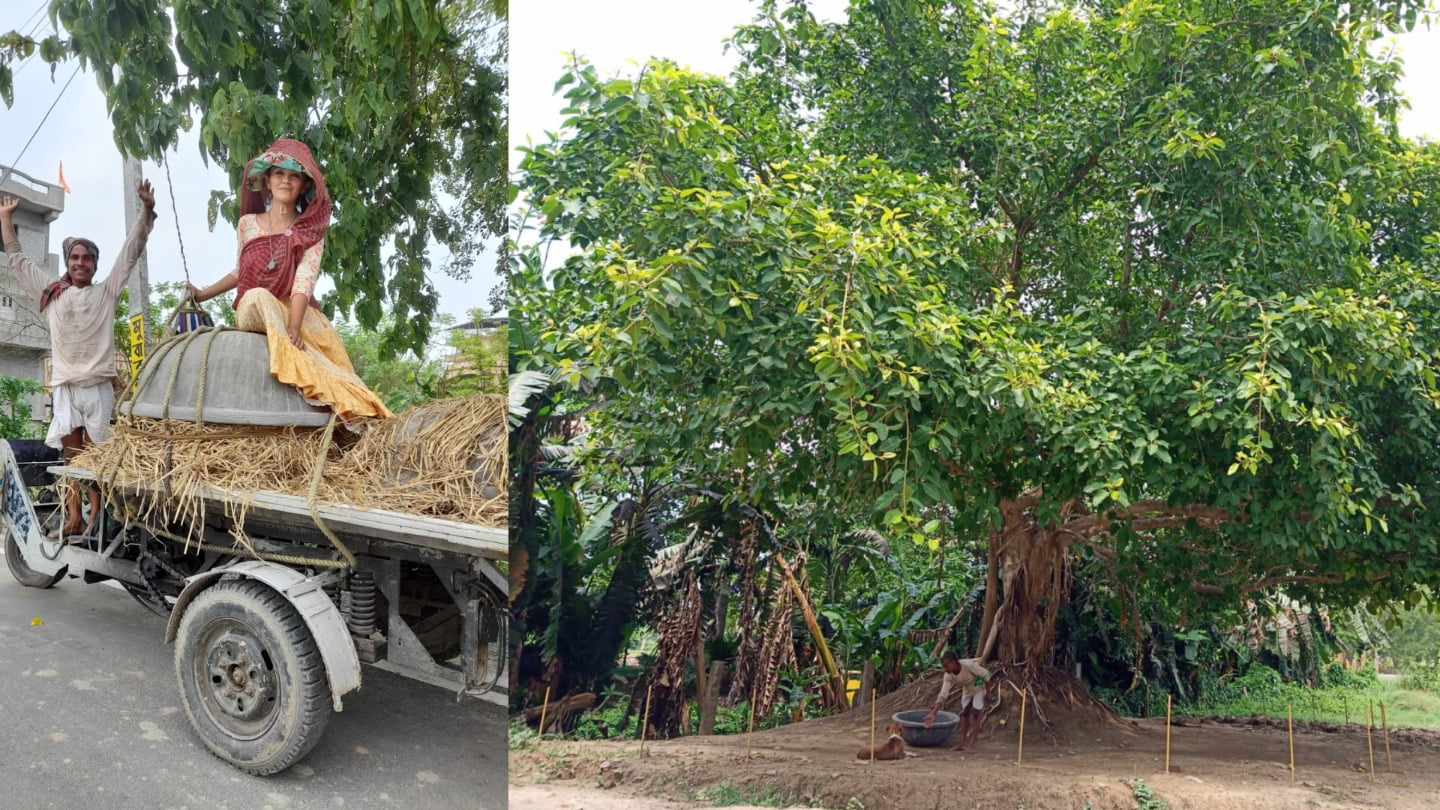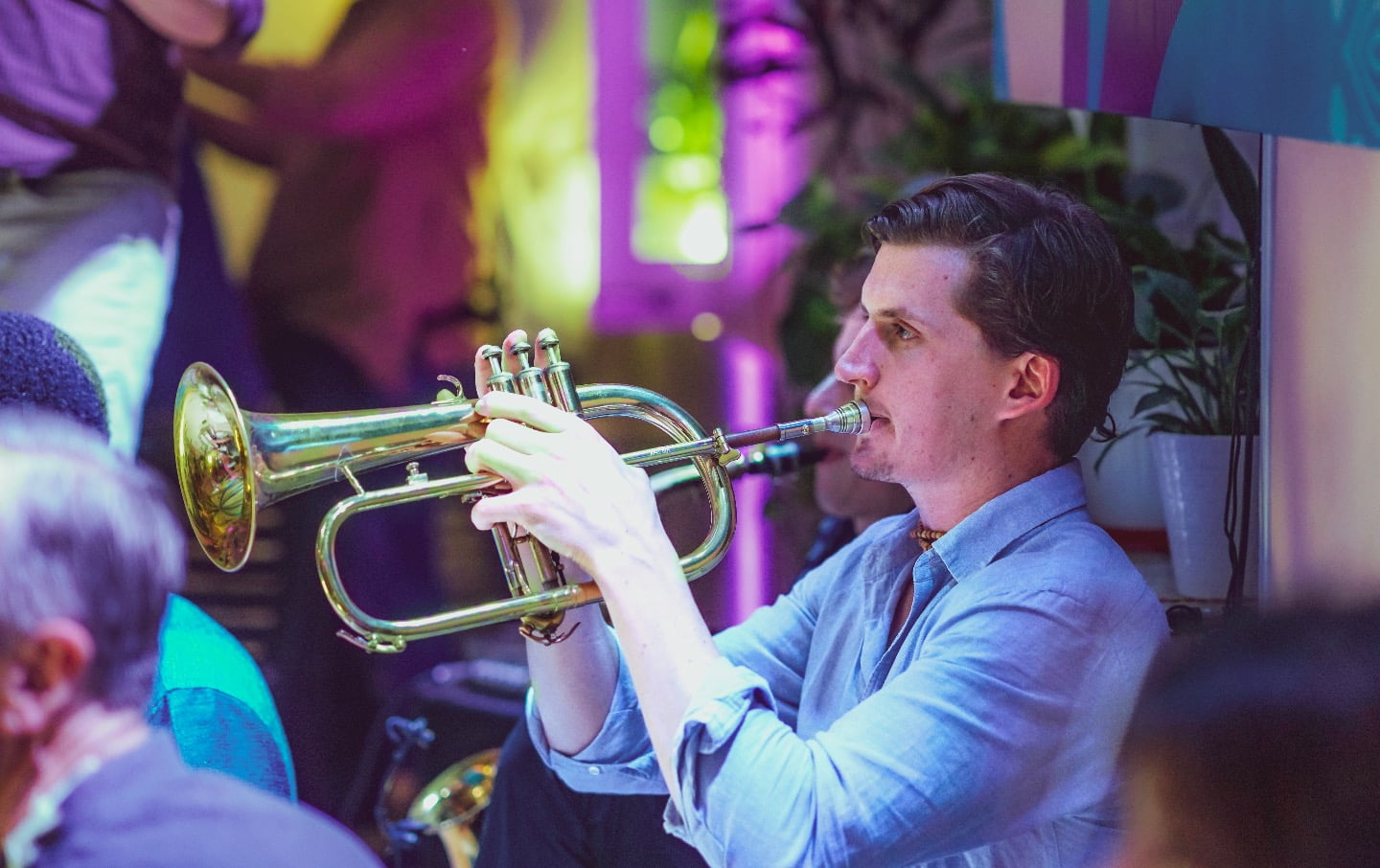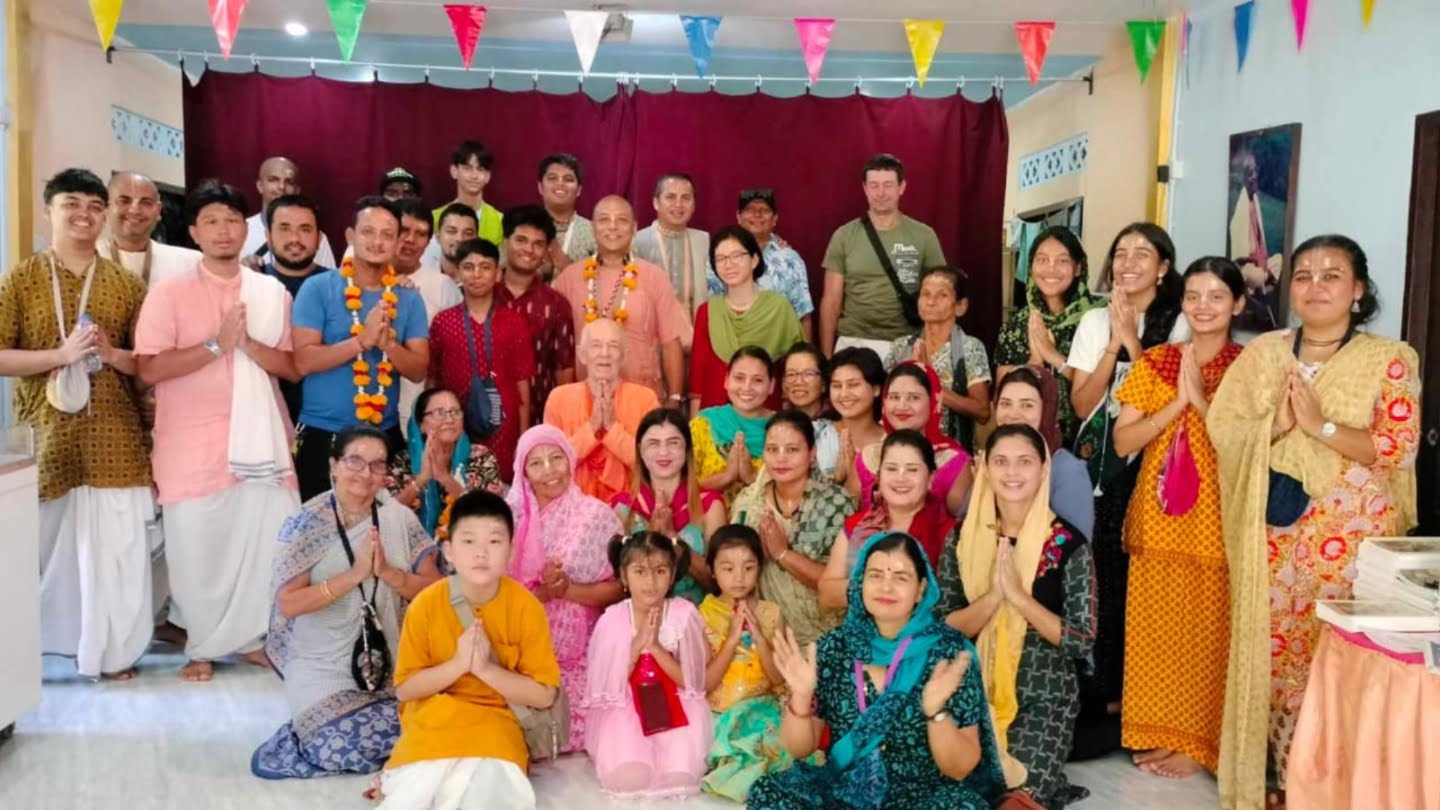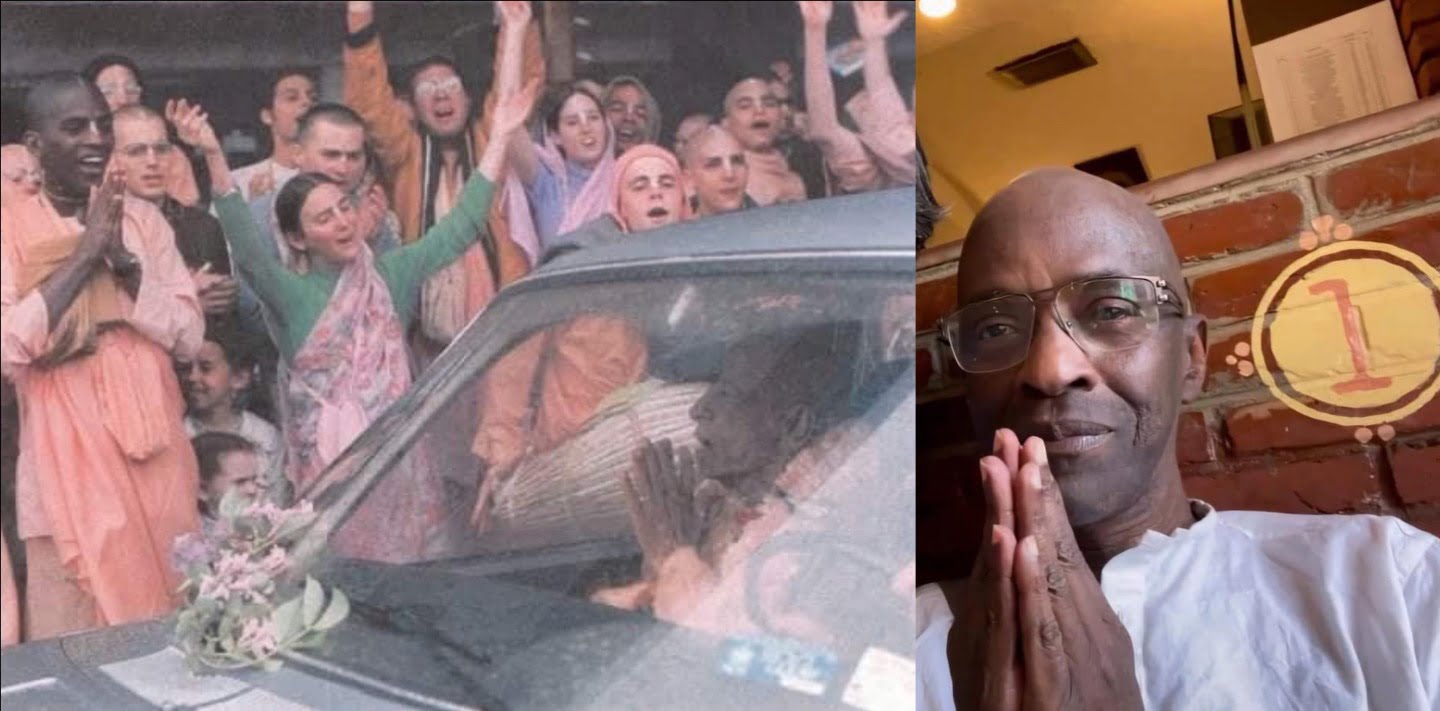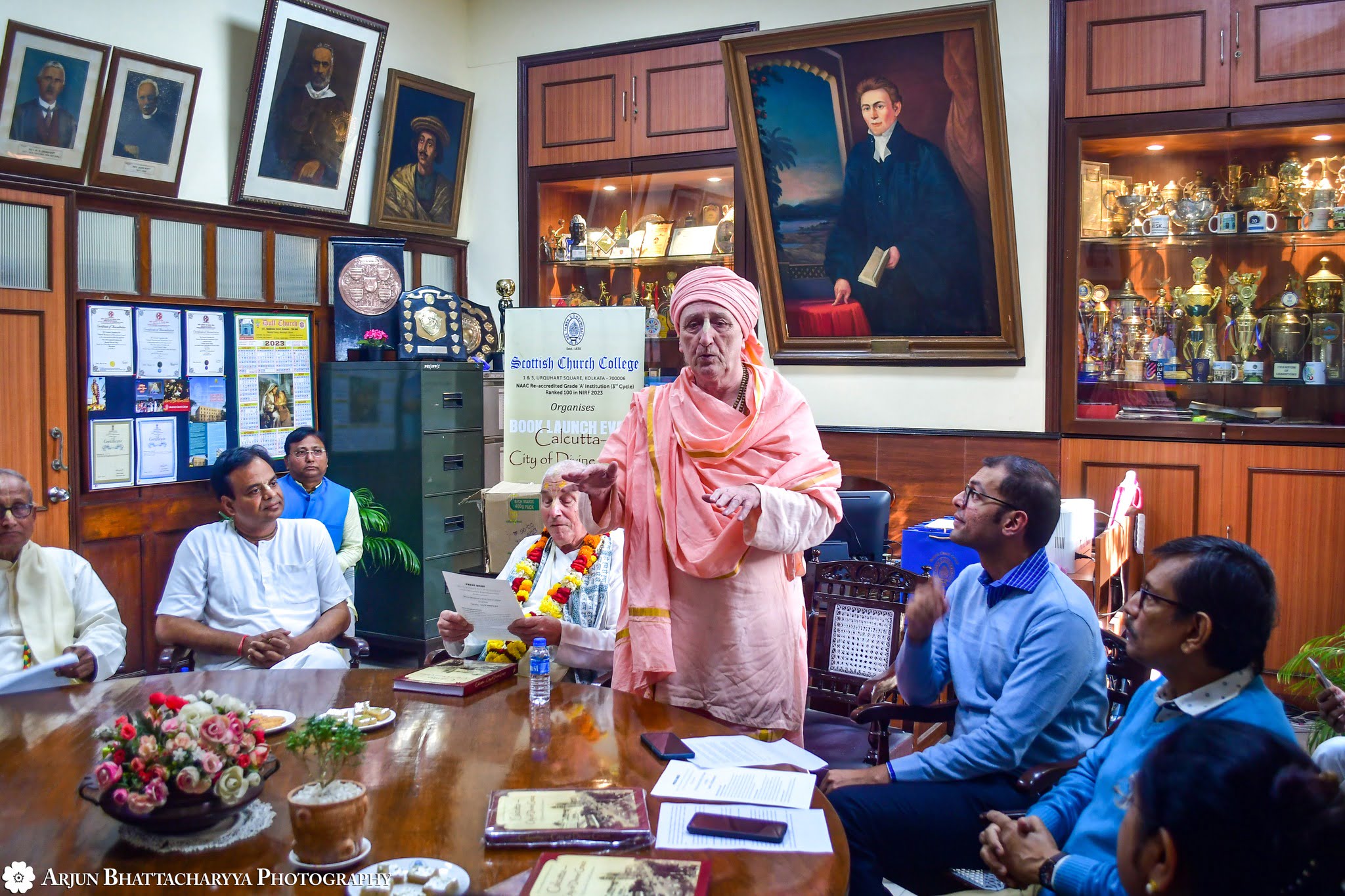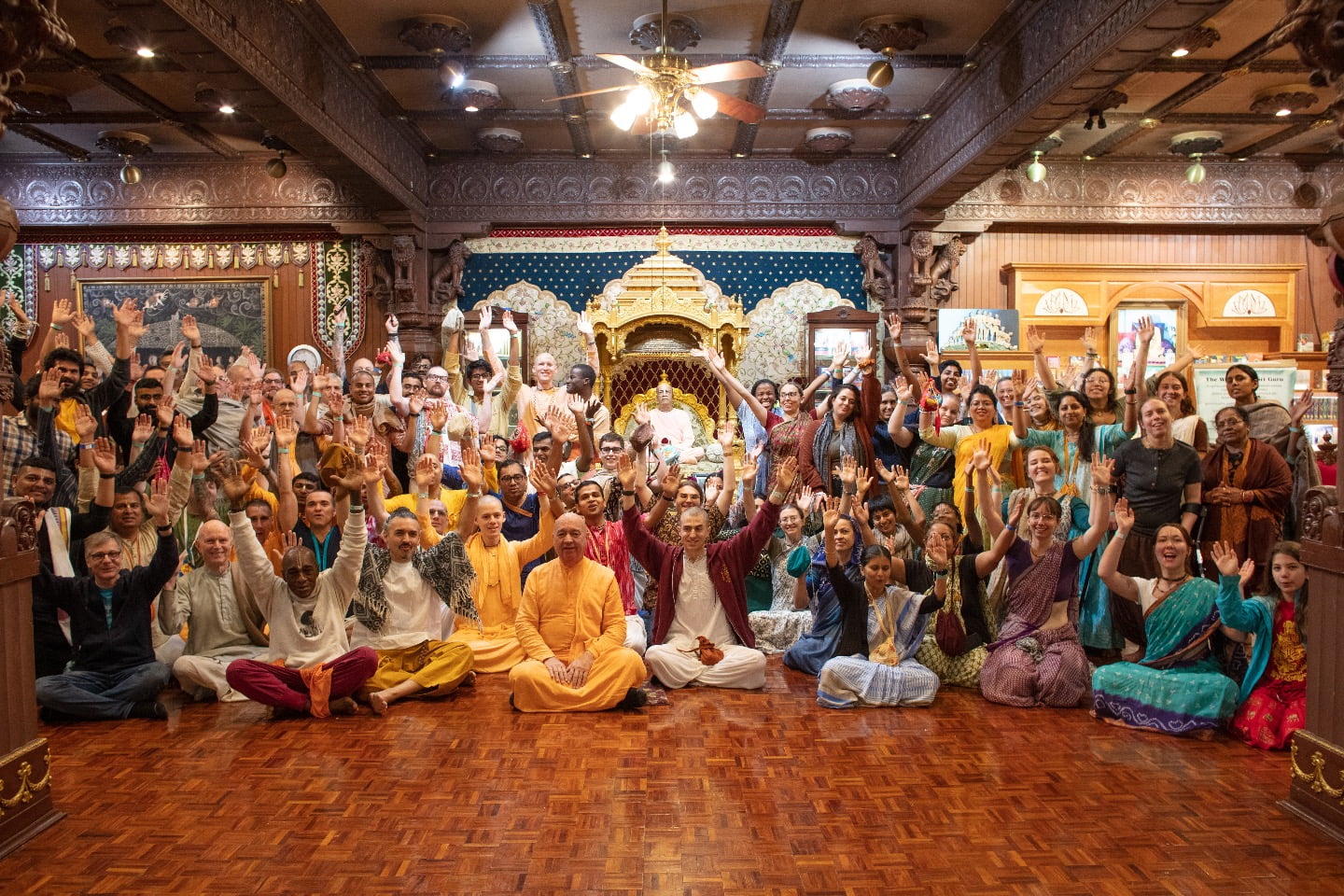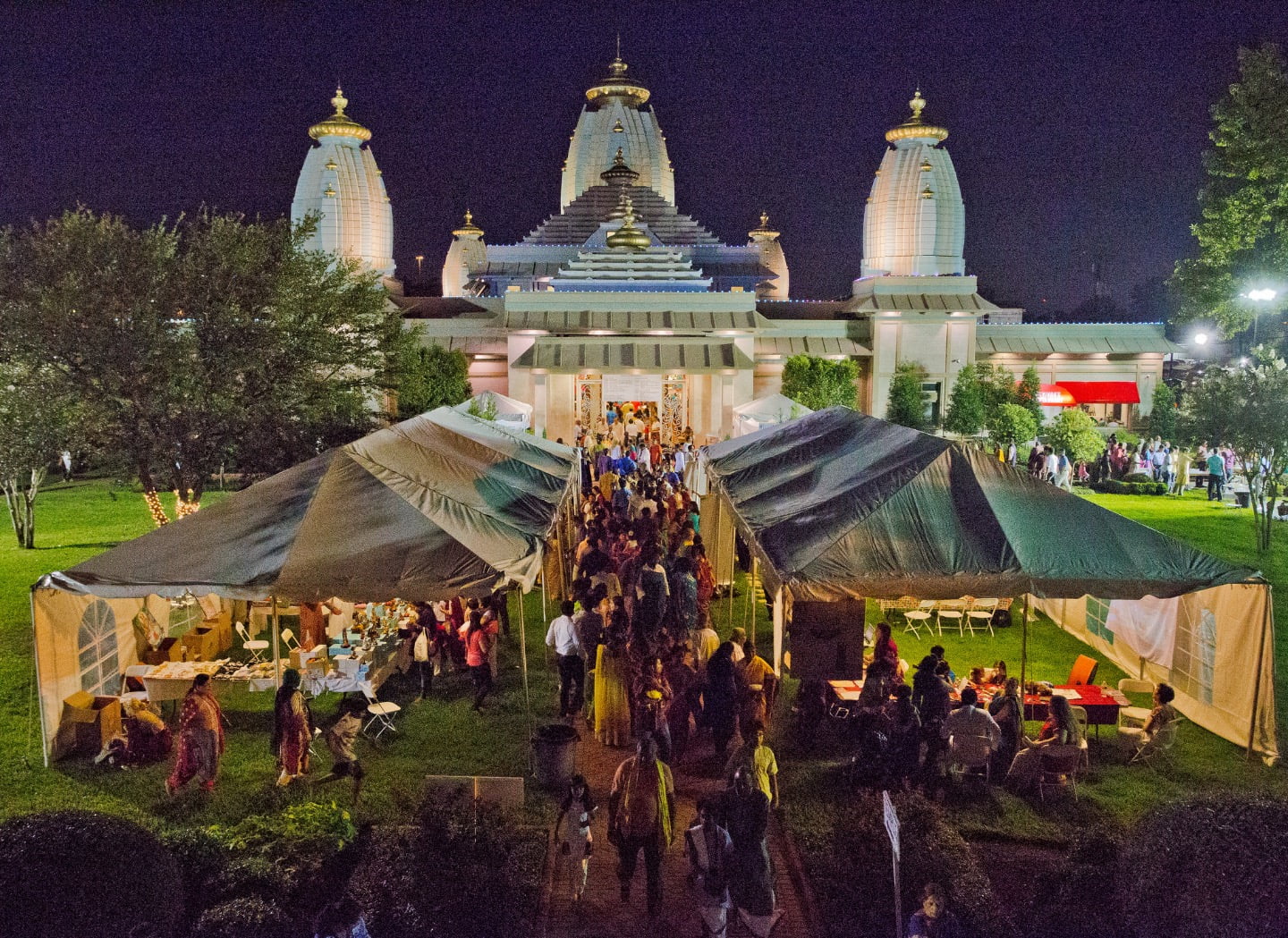A Most Unique Building at Spanish Fork
By James Roh | Nov 28, 2009
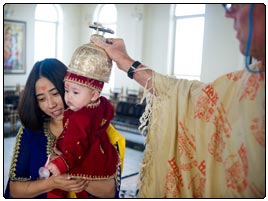
PROVO, Utah (AP) — Ask any Spanish Fork resident and they will be able to point you in the direction of one of the most unique buildings in town and possibly in the whole state. Perched on a hill just south of downtown Spanish Fork stands the Sri Sri Radha Krishna Temple. Completed in 2001, the Krishna Indian Hindu Temple certainly stands out among the surrounding rural fields.
Hare Krishna is an Eastern religion that worships Krishna, a god who appeared in India about 5,000 years ago. To followers, Krishna exhibited divinity unlike anyone before, during or since his time on earth. Krishna devotees, or Vaishnavas, spend their life studying and serving Krishna. Vaishnavas study a sacred Hindu scripture called the Bhagavad Gita.
Despite the predominant LDS faith of Utah County residents, the temple has yet to receive a negative reaction to its presence.
"Most of the people that we do hear from, and see from and interact with are just incredibly neighborly, friendly, and positive about it," said Caru Dasa, the temple priest. "It offers diversity, it offers alternate things to do, and some alternate festivals."
The Church of Jesus Christ of Latter-day Saints has supported the temple since its inception. In fact, the church gave $25,000 to help build it. The temple was designed by Caru Dasa’s wife, Vaibhavi Devi, and is in the Rajasthani style of architecture. Situated on a 15-acre plot, the temple features black teakwood and gold-leafed altars from India as well as marble deities carved from the quarries in Jaipur.
The temple has seen around 5,000 volunteers in the last 10 years to help construct and maintain the building. Many of these volunteer opportunities have LDS ties, whether it be through a ward, Boy Scouts, BYU or another LDS-affiliated group.
"We feel very fortunate to have landed in such a wonderfully congenial area," Caru Dasa said.
Caru Dasa, which means "servant of the most beautiful," was born in Pennsylvania and went to school in New Jersey. After graduation, he attended college in Virginia but left to join the Volunteers In Service To America. Afterward he traveled extensively, where he met Krishna missionaries in Australia and became heavily involved with the temple there.
In 1975, Caru Dasa moved to California where he worked and hosted a Krishna radio station for one hour a week. However, by the early ’90s, Caru Dasa began looking for places to relocate so that he could spend more time on air with his radio show. One of the options was a relatively inexpensive AM station based out of Utah Valley that also came with a few acres of real estate in Spanish Fork.
The Mormon population did not deter Caru Dasa — instead, it was a selling point. Previous encounters with LDS people had left a positive impression.
"I knew BYU was a pious institute and emphasized not just academics, but also piety and righteousness," Caru Das said. "I’d met Mormon missionaries in Australia and Los Angeles and always had nice discussions with them."
By 1990, Caru Dasa and his wife moved to Spanish Fork where, along with several other devotees, they have been promoting Hare Krishna and events to engage the public, such as yoga, scripture reading, a gift store, animals, tours and worship ceremonies. Perhaps the most famous event is the annual Festival of Colors held in the spring, where thousands of people come to celebrate the traditional Indian festival. Admission fees to the Festival of Colors, and similar events, are kept low for students.
"Even a college student can come to one of our festivals for under 20 bucks," Caru Dasa said. "Where can you have a day for 20 dollars and you’re virtually going to a foreign country that’s showcasing the best it has to offer?"
Many local schools and groups arrange to have organized tours through the temple where Caru Dasa and other Krishna devotees teach about Indian culture, Hare Krishna, and its philosophy. These tours can last anywhere up to three hours and involve music, yoga, animal handling, a presentation, and a meal. Last year, around 3,000 students visited the temple on school trips.
"They’re here to learn as much as they can about Indian culture," Caru Dasa said. "They really enjoy it. They get back to school and they say it was a highlight of their whole semester coming here, in many cases."
In addition to organized tours, the temple is also open for drop-in tours daily.
"People come from Utah and they’ve been curious, they’ve driven by it a number of times," Caru Dasa said. "Or maybe they haven’t come themselves but they have some visitors from out of town and they’ll bring them because it’s a familiar landmark."
Although donations are accepted and festivals raise money for the temple, none of the devotees earn a wage.
"I’m working for God so I don’t need another job," Caru Dasa said. "I don’t need luxuries either. If there’s extra money, I’ll use it for Krishna. That’s why I’m here. That’s why I was created. Not to be God, but to serve God."





